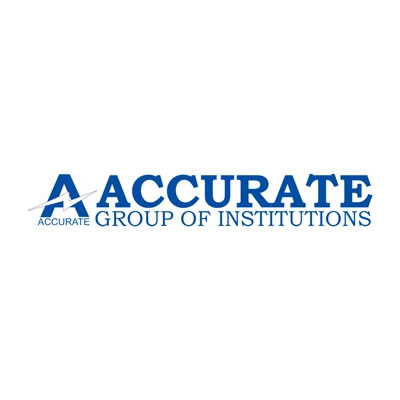Overview of B.Planning vs. B.Arch
B.Arch is a popular construction and design curriculum. Increased public and commercial infrastructure have helped the course gain popularity. So, students learn to design, blueprint preparation, project management, and project finalisation abilities for the public and commercial sectors for five years. Also, as the government and economy grow more focused on effective planning and design and planning is spreading.
Moreover, urban and rural planning, real estate development, and housing settlement are taught. B. Arch is considered more technical than B.Planning. But as people and governments become more interested in scientifically and economically planned cities and settlements, the number of planning specialists has risen. Following are the basic differences between B.Arch and B.Planning courses.
Criteria |
Duration |
Avg. Fees |
Avg Salary |
Eligibility |
Subjects in 10+2 |
Entrance Exams |
|---|---|---|---|---|---|---|
| B.Arch | 5 Years | Rs 4 to 8 Lakhs | Rs 6 LPA | 10+2 with min. 50% marks from a recognised board | Mathematics, Physics, Chemistry | JEE Main, NATA |
| B.Planning | 4 Years | Rs 1 to 2 Lakhs | Rs 5.5 LPA | 10+2 with min. 50% marks from a recognised board | Mathematics | JEE Main, NATA |
Eligibility Requirements for B.Planning vs. B.Arch
Admission to the undergraduate architecture and planning programme needs commitment and enthusiasm for the subject. Thus, while the requirements for entrance to the bachelor's degree programmes in planning and architecture are somewhat comparable, there are some differences.
For instance, a minimum of 50% grade point average in disciplines like Mathematics, Physics, and Chemistry from an accredited central or state board is required for bachelor's degrees in architecture.
Further, for B.Planning, however, a student must receive at least a 50% on their upper secondary test from a reputable board of examinations, including mathematics as a required subject.
Likewise, you may apply for a bachelor's degree in planning or architecture if you have a diploma from a 10+3 type test in any field and a recognised university or board examination.
Planning vs. Architecture: Scope
You have several chances and scope in the area after earning a Bachelor of Architecture or Bachelor of Planning degree at the undergraduate level. So, you may decide to start your own business or perhaps pursue higher education in your area of expertise or work as an apprentice with an architect firm. The market has a significant demand for the course. Thus, the proposed pay is fair and sufficient.

Top Recruiters and Job Opportunities for B.Arch vs. B.Planning Graduates
After completing five years of school and training in the field of architecture, graduates have career prospects in both the private and public sectors, including
- Data Scientist
- Project Director
- Building Contractor
- Designer of landscapes
- Draughtsmen for architecture, among many others.
Companies like GRID Architecture Interiors Private Limited, Architect consultants, Larsen & Toubro, DLF, Manchanda Associates, Sahara Group, Jindal’s, and others place students by the best colleges.
Further, in terms of B.Planning, a student has the freedom to choose between private, public, or self-employment work after completing four years of study because there are possibilities in all three categories. For instance, these jobs include:
- Urban Designer
- Project Scheduler
- Create Architect
- Geographic Planning
- Interior decorator, among many others
The best recruiters for students looking to work in the private sector are Quarks Technosoft, which works with NGOs, urban planning businesses, and real estate and construction companies. Similarly, construction companies building public structures like roads and railroads are the main employers. So, the departments of municipality, urban planning, PWD employment and housing schemes all provide work possibilities.

Which Degree Should I Get: A B.Arch or a B.Planning?
Subject of research
Regarding their respective fields of study, both courses provide a variety of options. While the other enables a student to learn and gain skills in infrastructure and designing, the first enables a student to join the realm of planning and grasp settlement and urban structure. However, the student's preference and interest in the topics and field of study will determine this.
Greater Range
Students can take a deep dive into the area of infrastructure design and development by taking a B. Arch and B.Planning. A student can select between government and private employment based on their preferences or decide to continue their education and obtain a master's degree.
The students should be responsible for making an informed final decision. To make a certain decision, students must balance all the relevant criteria as well as their own personal preferences. Both of these programmes are well regarded in the industry and promise students a bright career.












